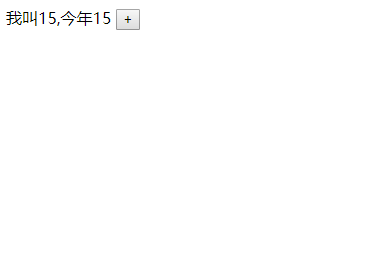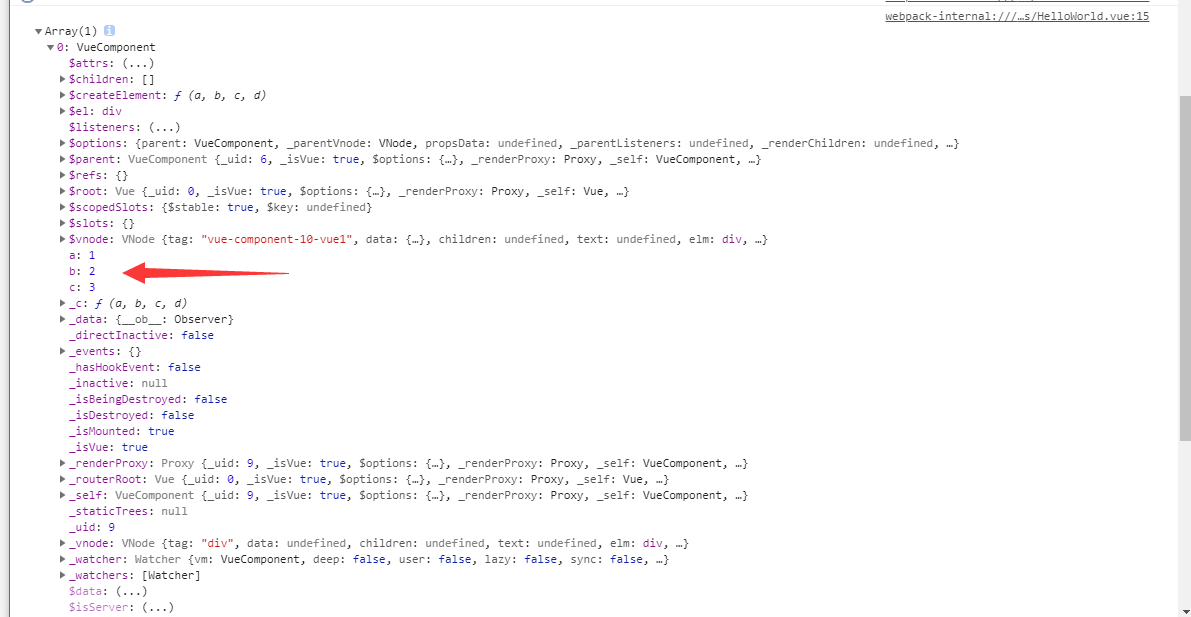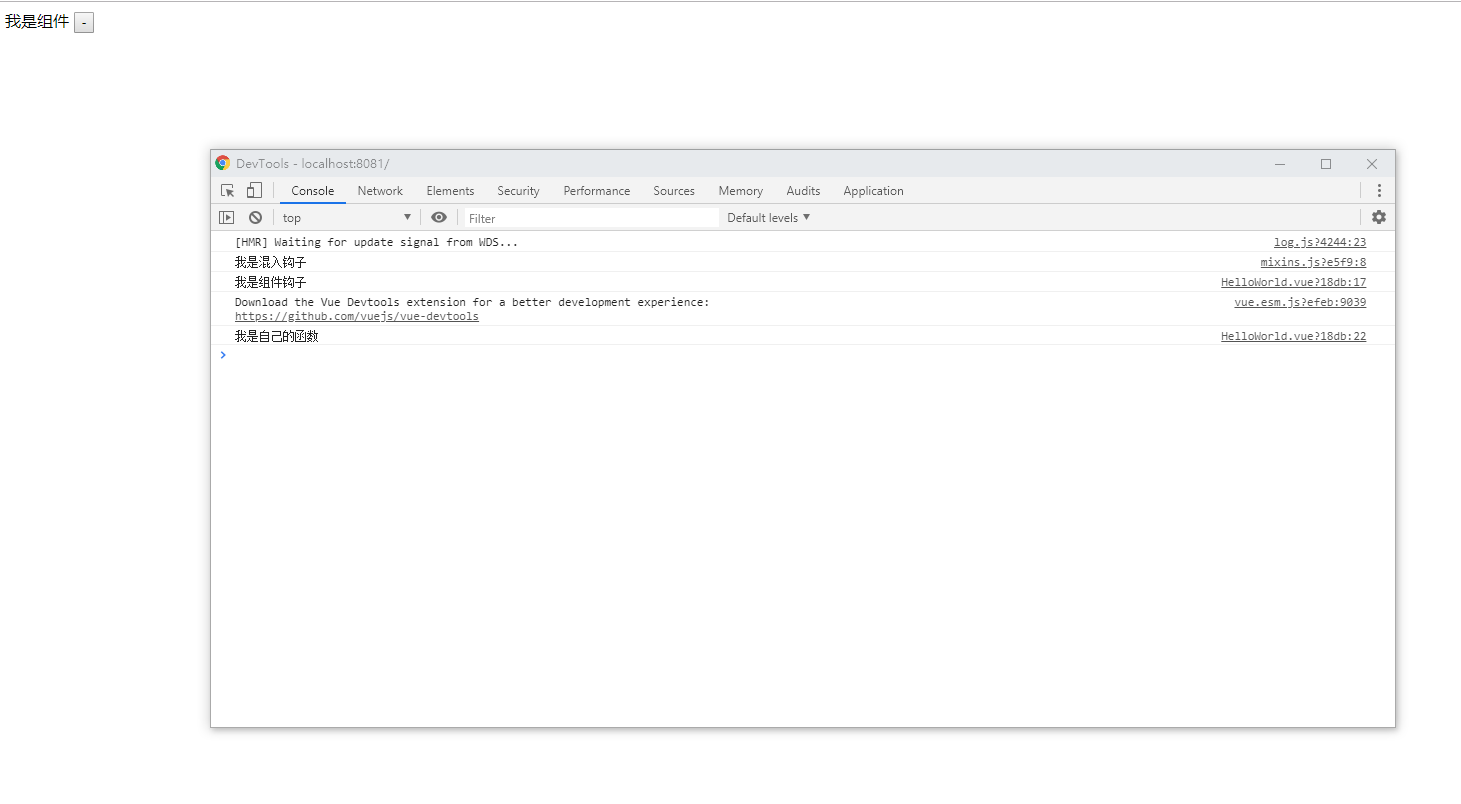Vue.nextTick
在下次 DOM 更新循环结束之后执行延迟回调。在修改数据之后,立即使用这个回调函数,获取更新后的 DOM
应用场景
在Vue生命周期的created()钩子函数进行的DOM操作一定要放在Vue.nextTick()的回调函数中
<template>
<div>
<span ref="hello">111</span>
</div>
</template>
<script>
export default {
created(){
this.$nextTick(()=>{
console.log(this.$refs.hello) // <span>111</span>
})
console.log(this.$refs.hello) // undefined
}
}
</script>
this.$nextTick().then(()=>{
})
this.$nextTick(()=>{
}).then(()=>{
console.log(111) // TypeError: Cannot read property 'then' of undefined
})
如果nextTick没有传入回调函数,则会返回Promise,如果传入回调函数,就不会返回Promise
Vue.set
Vue 不能检测到对象属性的添加或删除。由于 Vue 会在初始化实例时对属性执行 getter/setter 转化过程,所以属性必须在 data 对象上存在才能让 Vue 转换它,这样才能让它是响应的。
<template>
<div>
我叫{{obj.name}},今年{{obj.age}}
</div>
</template>
<script>
export default {
data(){
return {
obj:{
name:'haha'
}
}
},
mounted(){
this.obj.age=14
}
}
</script>

<template>
<div>
我叫{{obj.name}},今年{{obj.age}}
</div>
</template>
<script>
export default {
data(){
return {
obj:{
name:'haha'
}
}
},
mounted(){
this.$set(this.obj,'age',14)
}
}
</script>

为什么会这样呢?
当去查对应文档时,你会发现**响应系统 **,把一个普通 Javascript 对象传给 Vue 实例来作为它的 data 选项,Vue 将遍历它的属性,用 Object.defineProperty 将它们转为 getter/setter,如上示例,将data在控制台打印出来会发现:
-
没有使用$set

-
使用$set

Vue.delete
它可以传两个参数,第一个是要删除的对象,第二个是演删除的属性
<template>
<div>
我叫{{obj.name}},今年{{obj.age}}
<button @click="deleteAge">-</button>
</div>
</template>
<script>
export default {
data(){
return {
obj:{
name:'haha',
}
}
},
mounted(){
this.$set(this.obj,'age',14)
},
methods:{
deleteAge(){
delete this.obj.age // 在这里十四用delete删除obj的属性是不起作用的
this.$delete(this.obj,'age') // 这是我们可以使用this.$delete进行删除
}
}
}
</script>
Vue.mixin
全局注册一个混入,影响注册之后所有创建的每个 Vue 实例。插件作者可以使用混入,向组件注入自定义的行为。不推荐在应用代码中使用。
我们可以在组件内使用mixins
mixins选项接受一个混合对象的数组。这些混合实例对象可以向正常的实例对象一样包含选项,他们将在Vue.extend()里选择使用相同的选项合并逻辑合并。举例:如果你混合包含一个钩子而创建组件本身也有一个,两个函数将被调用。Mixin钩子按照传入顺序依次调用,并在调用组件自身的钩子之前被调用。
// 组件
<template>
<div>
{{name}}
<button @click="button">-</button>
</div>
</template>
<script>
import Mixins from '../mixins/mixins.js'
export default {
data(){
return {
name:'我是组件'
}
},
mounted(){
console.log('我是组件钩子')
},
mixins:[Mixins],
methods:{
button(){
console.log('我是自己的函数')
}
}
}
</script>
// 混入
export default {
data(){
return{
name:'我是混入'
}
},
mounted(){
console.log('我是混入钩子')
},
methods:{
button(){
console.log('我是混入函数')
}
}
}
上面这种情况,两个生命周期钩子函数都会执行,但是data里的属性会使用组件自己的,方法也会使用组件自己的
$watch
它用于观察 Vue 实例上的数据变动。当一些数据 需要根据其它数据变化 时,可使用$watch
<template>
<div>
我叫{{name}},今年{{age}}
<button @click="add">+</button>
</div>
</template>
<script>
export default {
data(){
return {
name:'haha',
age:14
}
},
mounted(){
this.$watch('age',function(val){
console.log(val)
this.name=val
})
},
methods:{
add(){
this.age++
}
}
}
</script>
上面代码中mounted()钩子函数中的this.$watch在页面加载的时候时不会执行的,只会在age属性改变的情况下它才会执行
这个是我没点击之前的

这个是我点击之后的

第二种用法
<template>
<div>
我叫{{name}},今年{{age}}
<button @click="add">+</button>
</div>
</template>
<script>
export default {
data(){
return {
name:'haha',
age:14
}
},
mounted(){
this.$watch(
function () {
return this.age
},
function (newVal, oldVal) {
console.log(newVal, oldVal)
}
)
},
methods:{
add(){
this.age++
}
}
}
</script>
$children $parent
指定已创建的实例之父实例,在两者之间建立父子关系。子实例可以用 this.$parent 访问父实例,子实例被推入父实例的 $children 数组中。
节制地使用 $parent 和 $children - 它们的主要目的是作为访问组件的应急方法。更推荐用 props 和 events 实现父子组件通信
// 父组件
<template>
<div>
<vue1></vue1>
</div>
</template>
<script>
import vue1 from './1.vue'
export default {
mounted(){
console.log(this.$children)
},
components:{
vue1
}
}
</script>
// 子组件
<template>
<div>
</div>
</template>
<script>
export default {
mounted(){
console.log(this.$parent)
},
data(){
return {
a:1,
b:2,
c:3
}
}
}
</script>


VUE.component
全局注册组件
// main.js
import Vue from 'vue'
import App from './App'
import router from './router/index'
import './components/index.scss'
Vue.config.productionTip = false
Vue.component('my-component',{
template:'<div>my component!</div>',
data(){
return {
name:'my-component'
}
}
})
new Vue({
el: '#app',
router,
components: { App},
template: '<App/>'
})
// 父组件
<template>
<div>
<my-component></my-component>
</div>
</template>
<script>
export default {
mounted(){
console.log(this.$children[0].name) // my-component
}
}
</script>
通过使用Vue.component注册一个全局组件
局部注册组件
// 子组件
<template>
<div>
hello
</div>
</template>
<script>
export default {
}
</script>
// 父组件
<template>
<div>
<my-component></my-component>
</div>
</template>
<script>
import MyComponent from './MyComponent'
export default {
components:{
MyComponent
}
}
</script>
Vue.propsData
他用在全局扩展时进行传递数据。先回顾一下全局扩展的知识,作一个
的扩展标签出来。实际我们并不推荐用全局扩展的方式作自定义标签,我们学了组件,完全可以使用组件来做,这里只是为了演示propsData的用法。
<body>
<div id="app">
<header></header> // 我叫小明:今年20
</div>
</body>
</html>
<script>
let app = Vue.extend({
template : `<p>我叫{{name}}:今年{{age}}</p>`,
data(){
return {
name : "小明"
}
},
props:['age']
})
new app({propsData:{'age':'20'}}).$mount('header')
</script>
